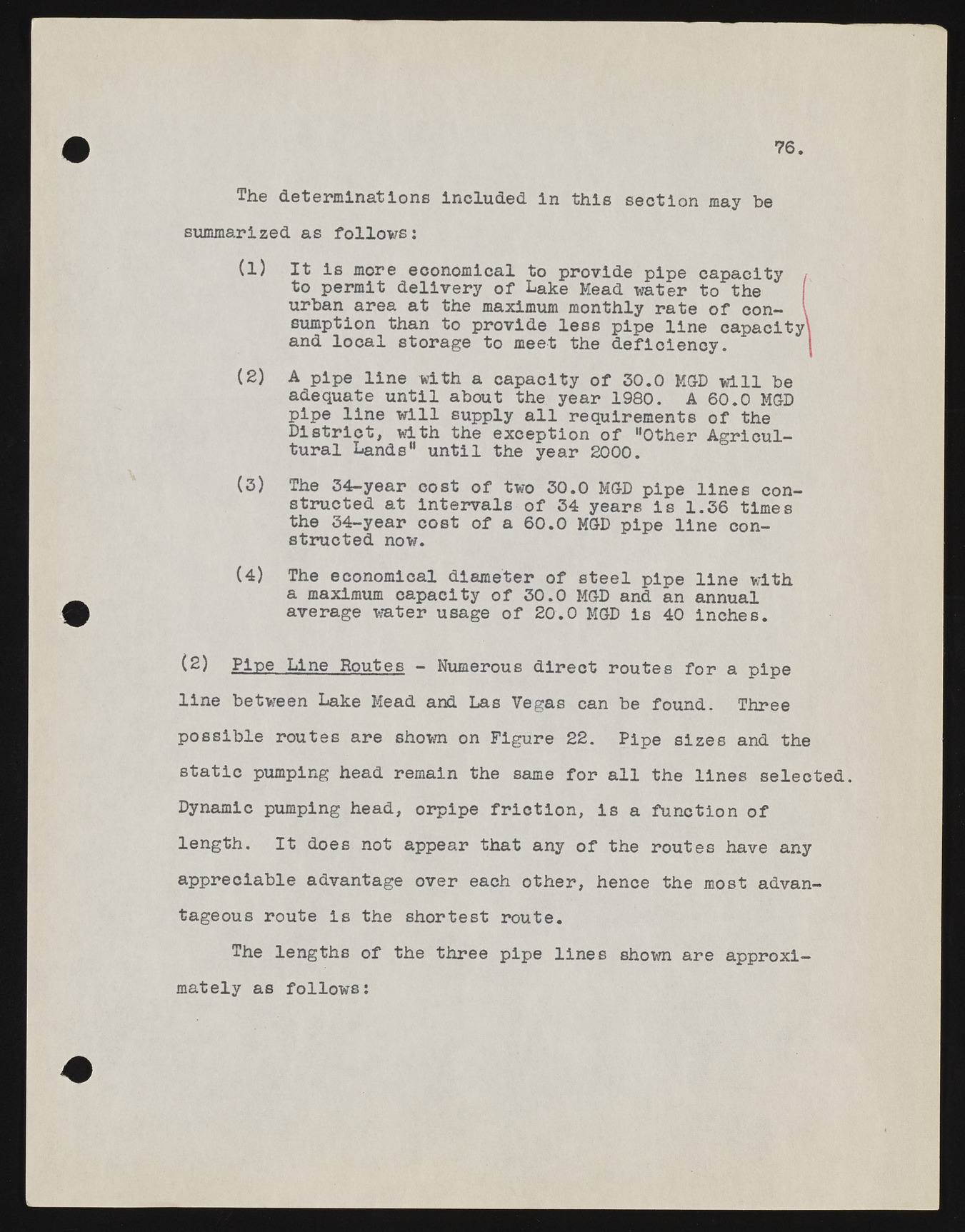Copyright & Fair-use Agreement
UNLV Special Collections provides copies of materials to facilitate private study, scholarship, or research. Material not in the public domain may be used according to fair use of copyrighted materials as defined by copyright law. Please cite us.
Please note that UNLV may not own the copyright to these materials and cannot provide permission to publish or distribute materials when UNLV is not the copyright holder. The user is solely responsible for determining the copyright status of materials and obtaining permission to use material from the copyright holder and for determining whether any permissions relating to any other rights are necessary for the intended use, and for obtaining all required permissions beyond that allowed by fair use.
Read more about our reproduction and use policy.
I agree.Information
Digital ID
Permalink
Details
More Info
Rights
Digital Provenance
Publisher
Transcription
76. The determinations included in this section may be summarized as follows: (1) It is more economical to provide pipe capacity / to permit delivery of Lake Mead water to the urban area at the maximum monthly rate of con- l sumption than to provide less pipe line capacity] and local storage to meet the deficiency. (2) A pipe line with a capacity of 30.0 MOD will be adequate until about the year 1980. A 60.0 MOD pipe line will supply all requirements of the District, with the exception of "Other Agricultural Lands" until the year 2000. (3) The 34—year cost of two 30.0 MOD pipe lines constructed at intervals of 34 years is 1.36 times the 34—year cost of a 60.0 MOD pipe line constructed now. (4) The economical diameter of steel pipe line with a maximum capacity of 30.0 MGD and an annual average water usage of 20.0 MGD is 40 inches. (2) Pipe Line Routes - Numerous direct routes for a pipe line between Lake Mead and Las Vegas can be found. Three possible routes are shown on Figure 22. Pipe sizes and the static pumping head remain the same for all the lines selected. Dynamic pumping head, orpipe friction, is a function of length. It does not appear that any of the routes have any appreciable advantage over each other, hence the most advantageous route is the shortest route. The lengths of the three pipe lines shown are approximately as follows:

